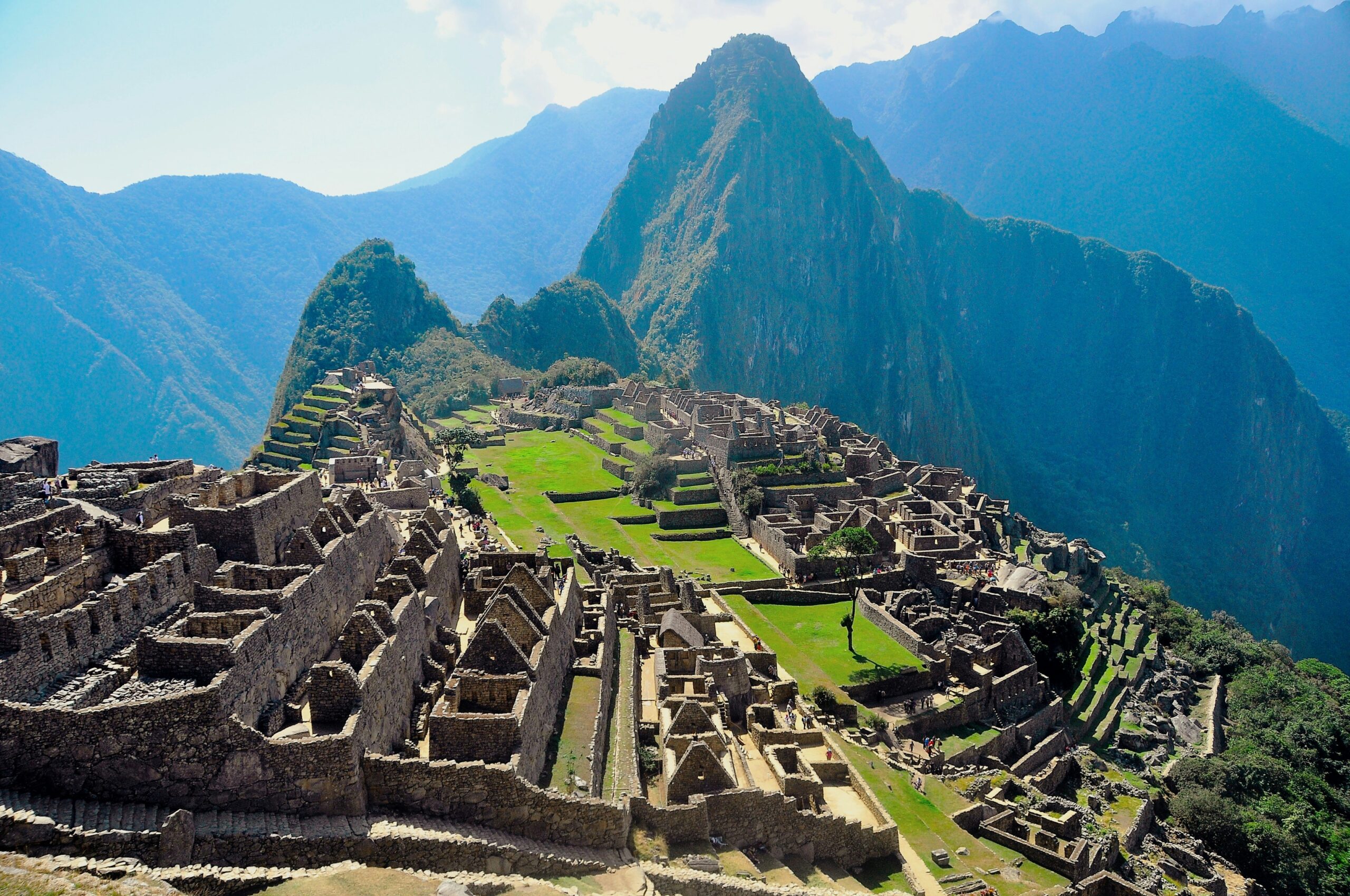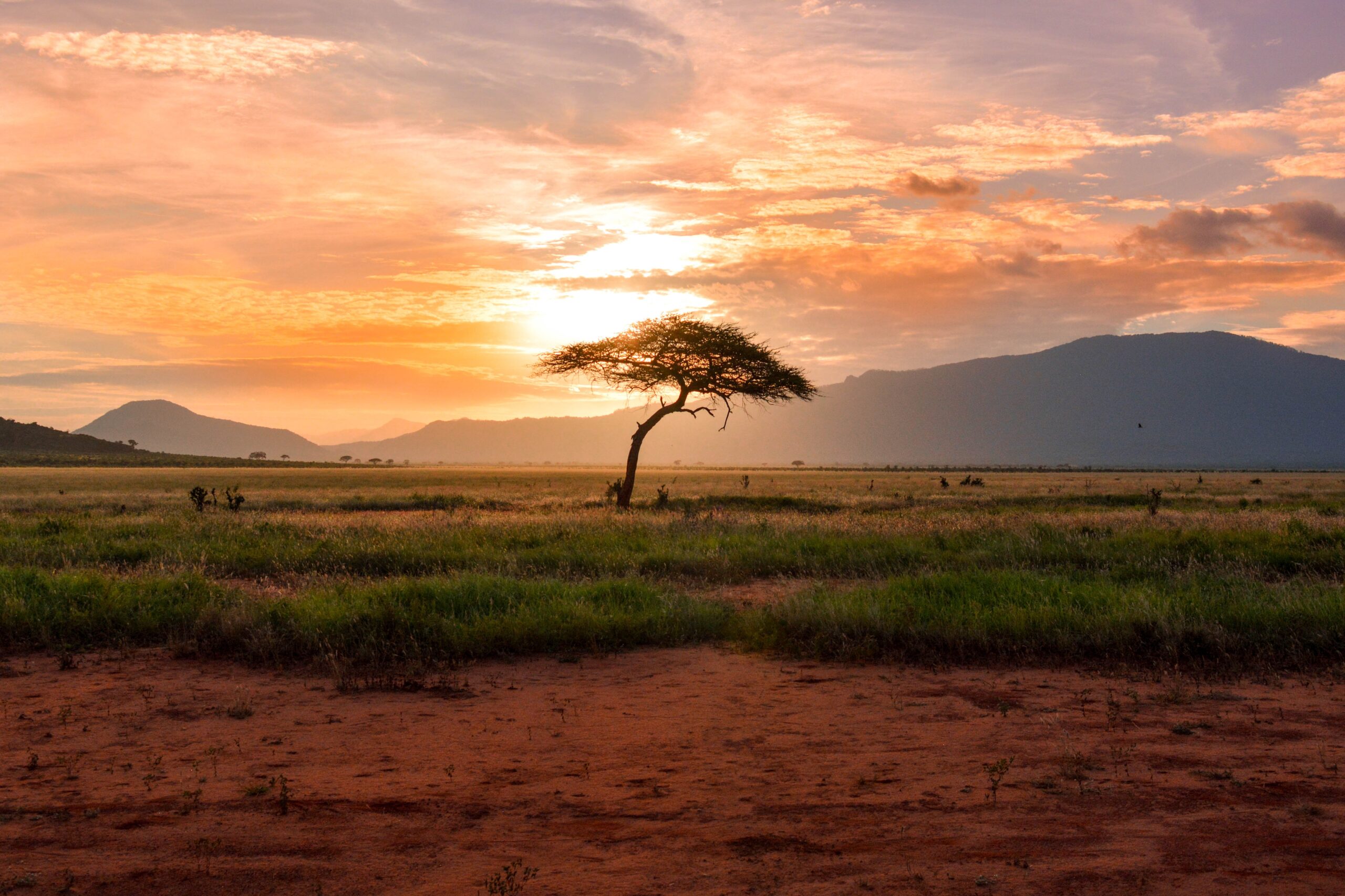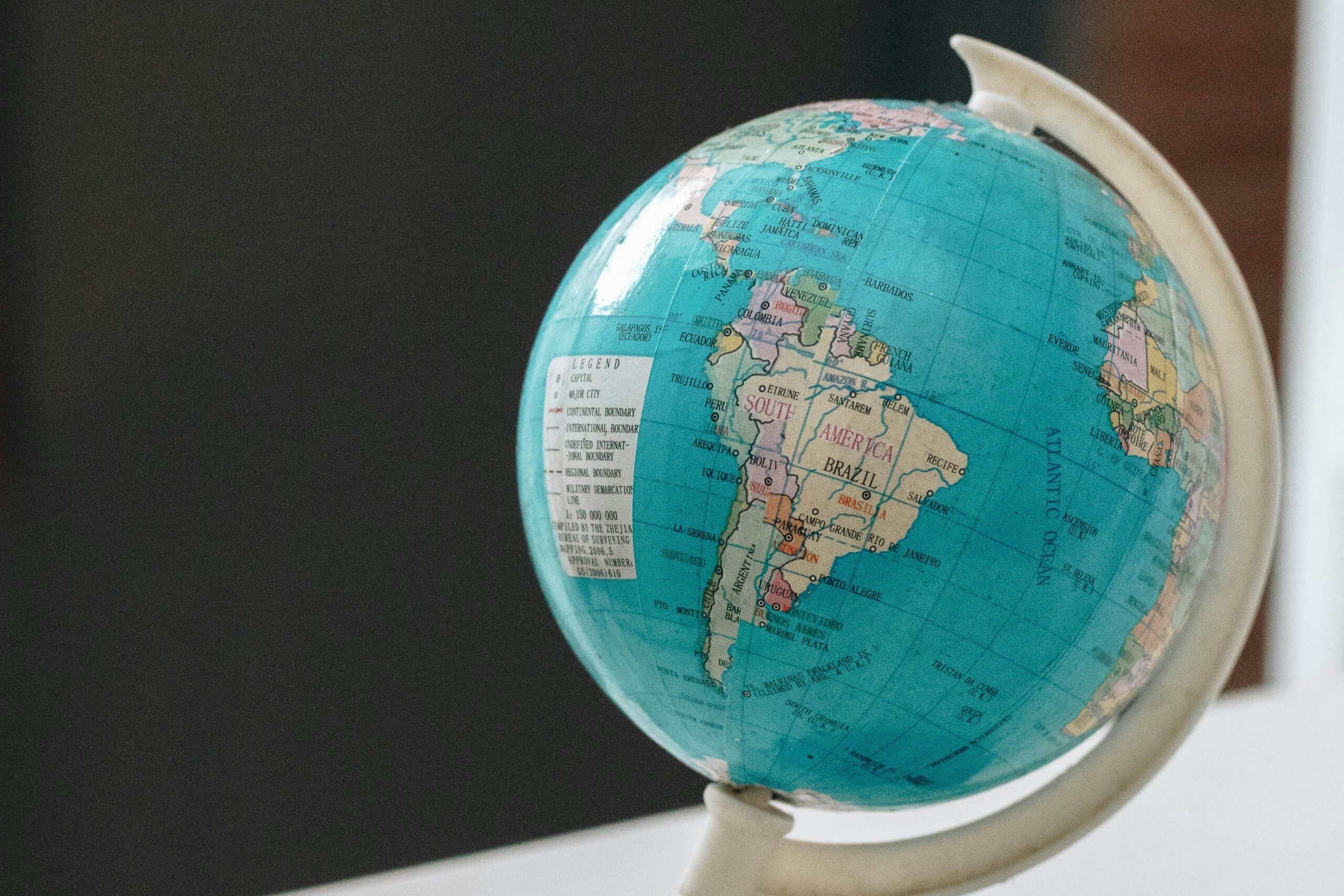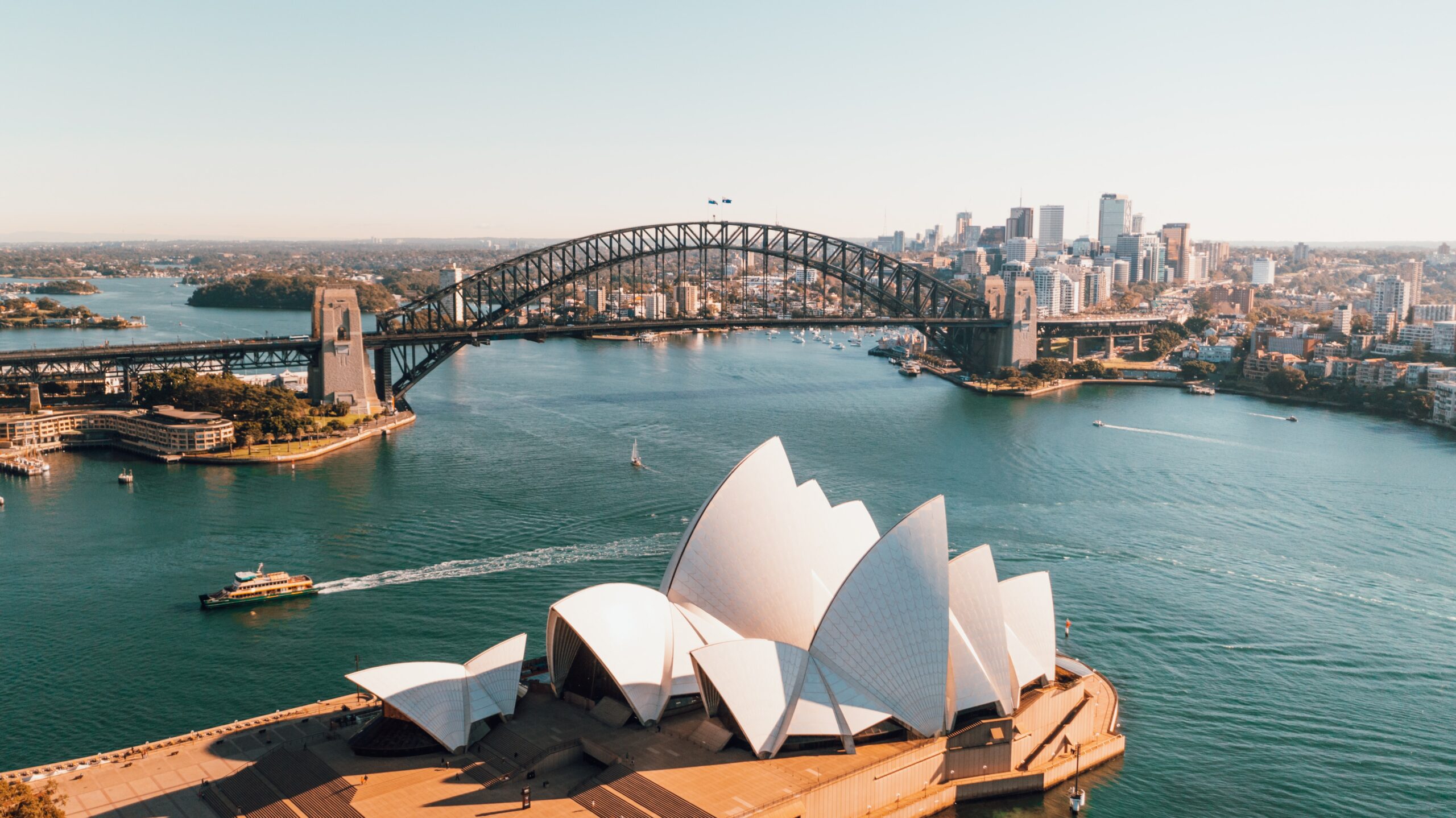South America, with its vibrant blend of cultures, ancient civilizations, and breathtaking landscapes, invites travelers to explore its spiritual heart. Visiting these sacred sites is not only a journey through the continent’s stunning geography but also an exploration into its deep spiritual heritage. Here are essential travel tips to ensure a respectful, enriching, and safe experience as you navigate these sacred spaces.
Understanding the Spiritual Significance
Before embarking on your journey to sacred or culturally significant sites, it is essential to dedicate time to comprehend their spiritual and historical importance. Conducting thorough research into the cultural background, rituals, and ancient practices associated with these locations can significantly enhance your experience. By gaining a deeper understanding of the site’s significance, you not only enrich your own perspective but also approach your visit with the respect and reverence it deserves. This knowledge allows you to engage more meaningfully with the local culture, connect with the spiritual essence of the place, and ensure that your presence is considerate of its historical and cultural heritage.
Respecting Local Customs
Respecting local customs is essential when exploring the diverse and culturally rich regions of South America. Each part of this continent boasts its own unique customs and traditions, deeply rooted in history and culture. To fully immerse yourself in the local experience and demonstrate respect, take the time to learn about and appreciate these customs. Whether it’s the colorful festivals of Brazil, the indigenous traditions of the Andes in Peru, or the tango culture of Argentina, understanding and embracing these customs will enhance your journey and foster meaningful connections with locals.
When visiting sacred sites, which hold profound religious and spiritual significance, it’s imperative to adhere to specific dress codes. Modesty is often required to show respect, and you should follow any guidelines provided. This demonstrates your appreciation for the sanctity of these places and the beliefs of the people who maintain them.
Furthermore, as you capture the beauty of South America through photography, always seek permission before taking photos, especially of local people or within sacred spaces. Respecting people’s privacy and the sacredness of these locations ensures that your exploration of South America is not only enjoyable but also culturally sensitive and responsible.
Travel and Accommodation
When embarking on your travel journey, consider adopting eco-friendly practices to reduce your environmental footprint. Opt for sustainable travel options, such as using public transportation, carpooling, or cycling to minimize carbon emissions. Choose accommodations that prioritize environmental sustainability, such as eco-friendly hotels or lodges with energy-efficient practices.
Supporting local businesses is another way to enhance your travel experience while contributing positively to the local economy. By staying in locally owned accommodations and patronizing local restaurants and shops, you not only gain a more authentic insight into the culture but also help create jobs and support the livelihoods of the community.
For highly sought-after destinations like Machu Picchu, it’s advisable to make advance bookings, especially during peak seasons. This ensures you secure your spot and allows for better planning, guaranteeing a smoother and more enjoyable travel experience while helping manage visitor numbers at sensitive sites.
Timing Your Visit
Timing your visit to sacred sites in South America can significantly impact your overall experience. Start by researching the weather conditions for each destination to ensure you visit during the most favorable times. Many of these sites are best explored during the dry season when the weather is more predictable, making your journey more comfortable and enjoyable.
Additionally, planning your visit during off-peak times can be advantageous. Avoiding large crowds allows you to connect more intimately with the site’s spiritual and historical significance, fostering a more personal and reflective experience. It also provides you with the opportunity to explore at your own pace, take in the surroundings without distractions, and capture the essence of these culturally significant places in a tranquil and respectful manner.
Health and Safety
Prioritizing health and safety is paramount when visiting sacred sites, especially those at high altitudes like Machu Picchu in South America. Altitude sickness can pose a significant risk, so it’s essential to acclimatize gradually. Allow your body time to adjust to the reduced oxygen levels by spending a day or two at lower altitudes before ascending to the sacred site. Staying hydrated is also crucial in combating altitude-related issues, drink plenty of water to help alleviate symptoms.
Additionally, always travel with comprehensive travel insurance that covers various contingencies, including health-related emergencies and travel interruptions. Accidents and unforeseen circumstances can happen anywhere, and having insurance ensures you have access to medical care and assistance in case of emergencies, providing peace of mind throughout your sacred site journey. It’s a wise investment to safeguard your well-being and ensure a smoother travel experience.
Engaging with the Community
Engaging with the local community is a valuable aspect of visiting sacred sites in South America. Hiring local guides is an excellent way to gain deeper insights into the cultural and spiritual significance of these places. Local guides can offer historical context, share stories, and provide a more profound understanding of the rituals and traditions associated with the sites, enhancing your overall experience.
Moreover, practicing cultural sensitivity is essential when interacting with the local community. Approach their customs, practices, and beliefs with respect and an open mind. Engage with locals in a polite and considerate manner, ask questions when appropriate, and be receptive to their perspectives. This respectful approach fosters meaningful connections, encourages cultural exchange, and ensures your presence is seen as a positive and respectful contribution to the community.
Leaving a Positive Impact
Leaving a positive impact on sacred sites in South America is not only a matter of personal responsibility but also a way to contribute to their preservation. It’s crucial to strictly adhere to all guidelines provided at these sites, whether related to visitor conduct, photography, or waste disposal. By doing so, you help ensure that these culturally and spiritually significant places remain intact and accessible for future generations to cherish and learn from.
Furthermore, engaging in sustainable practices is essential to minimize your environmental impact. This includes minimizing plastic waste, using reusable items, staying on designated paths, and respecting the natural environment surrounding these sites. By demonstrating a commitment to responsible and sustainable tourism, you play a role in safeguarding the ecological and cultural heritage of these remarkable places.
Conclusion
Visiting South America’s sacred sites can be a transformative experience, offering a unique blend of spiritual, historical, and cultural enrichment. By traveling responsibly and respectfully, you not only ensure a memorable journey but also contribute positively to the preservation and appreciation of these invaluable global treasures. Embrace the journey with an open heart, and let the ancient wisdom of these lands inspire and enlighten you.




